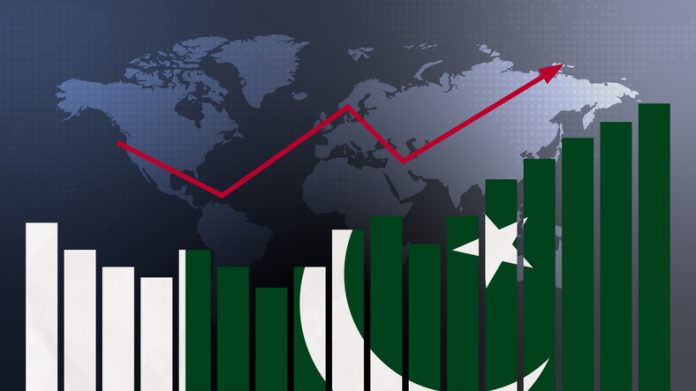In the wake of the tumultuous events of May 9th, 2023, Pakistan stands at a critical juncture. While the controversy and ensuing instability have dominated headlines one year after the protests, it is imperative for the nation to redirect its focus towards economic recovery and growth. The current government, vested with the assignment of reviving the economy, faces the formidable task of stabilizing the nation’s financial health and attracting international investment.
Last June, Pakistan teetered on the brink of default, with foreign reserves plummeting to $4.4 billion—barely enough to cover a month’s worth of imports. The Pakistani rupee had lost more than 50 percent of its value against the US dollar, exacerbating the economic crisis. Amid this precarious situation, then-Prime Minister Shehbaz Sharif secured a crucial bailout package from the International Monetary Fund (IMF), marking Pakistan’s 23rd fund programme since 1958. This $3 billion Standby Arrangement (SBA), spanning nine months, necessitated stringent measures, including the elimination of subsidies on essential commodities and allowing the rupee to be valued by the open market.
Muhammad Aurangzeb, recently appointed as Pakistan’s finance minister, brings a wealth of experience from the private banking sector. As the former CEO and president of HBL, the country’s largest bank, Aurangzeb’s leadership is expected to steer Pakistan towards financial stability, despite his lack of prior public office experience. His selection over seasoned veterans highlights a strategic shift towards leveraging private sector expertise to address the country’s economic woes.
Moreover, Pakistan’s economic recovery strategy is buoyed by substantial international support. Saudi Arabia has pledged to invest up to $25 billion in various sectors over the next two to five years, a significant boost for the South Asian nation. Additionally, the caretaker government has committed to reviving the stalled privatization process, further enhancing economic prospects.
China, Pakistan’s largest trading partner and a major source of foreign direct investment, is also playing a pivotal role in this recovery phase. During a recent visit to China by Pakistan’s Interim Commerce Minister Gohar Ejaz, discussions were held to amend the existing Free Trade Agreement (FTA). This revision aims to extend trade preferences to Pakistani products, aligning them with the FTA between China and the ASEAN countries, which has significantly reduced tariffs on thousands of goods. Furthermore, Pakistan has urged China to allocate $5 billion in yuan for financing investments to facilitate the relocation of Chinese companies to Special Economic Zones (SEZ) or Export Processing Zones (EPZ) in Pakistan.
The strategic neutrality Pakistan maintained in the Russia-Ukraine conflict, coupled with these robust economic measures, makes the government’s commitment to fostering a stable and conducive environment for investment as robust as ever.
By putting the unrest of May 9th behind and focusing on economic growth, Pakistan can pave the way for a brighter future, ensuring that the nation’s agenda is centered on development and prosperity. The government’s proactive steps towards financial stability and international collaboration are critical to achieving sustained economic recovery and securing a prosperous future for Pakistan.




































